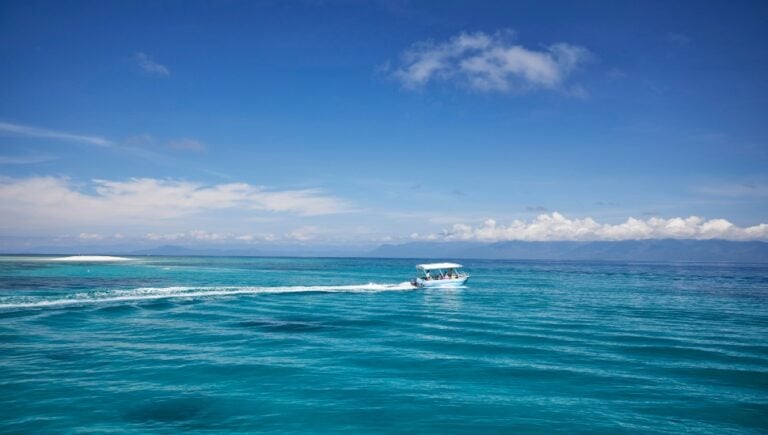Even more borders are closing to Aussie travellers as the Omicron variant is causing one of the biggest COVID-19 surges throughout the entire pandemic worldwide, and we’re being cut from a lot of travel lists.
This week, the United States and Europe both downgraded Australia’s travel safety rating, which is going to make it much harder for Aussies to visit these countries.
The European Council took a few countries off its green travel lists this week — namely Australia, Argentina and Canada. Australia has sat comfortably in the green list for most of the pandemic, so to be downgraded now is a bit of a big deal. This means there will be restrictions on non-essential travel to the EU.
“The council updated the list of countries, special administrative regions and other entities and territorial authorities for which travel restrictions should be lifted,” the EU body said in a statement.
“In particular Argentina, Australia and Canada were removed from the list.
“Non-essential travel to the EU from countries or entities not listed in Annex I is subject to temporary travel restriction.”
So you might have to rebook that Contiki tour.
Each EU country is now required to make its own rules on entry requirements for Aussies. This includes testing and isolation, so each country in the EU will be different.
The United States has also told its citizens to “avoid travel to Australia”, and we are now at their country’s highest risk rating.
The U.S. Centre for Disease Control and Prevention (CDC) moved 22 nations into the highest-risk travel category for COVID-19 this week. This is massive compared to last week, when only two nations were moved to level four, or “very high” risk.
Australian Traveller Media founder Quentin Long told 9News that he expects international travel to get better around April or May.
“Spontaneous travel seems to be way off in the future or way off in the past — so look, you have to be really organised and understand all the terms and conditions,” he said.
“In 2022, it will be a big year for domestic travel again. If I were Australians, I’d be booking all my domestic travel right now.”
The CDC places a nation at level four when more than 500 cases per 100,000 residents are recorded in the last 28 days. The CDC recommends to avoid travel to these countries.
Re-introducing the quarantine-free travel bubble with New Zealand has also been pushed back until the end of February.
However, it is now easier for Aussies to get back home.
There is no more need for a PCR test to enter Australia, simply a negative reapid test within 24 hours of departure.
If travellers contract the virus overseas, they only have to wait seven days instead of a fortnight before coming back home.
For more on this topic, follow the Travel Observer.


































